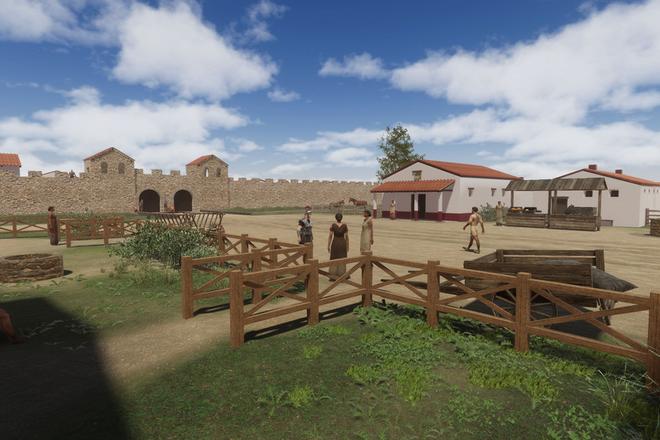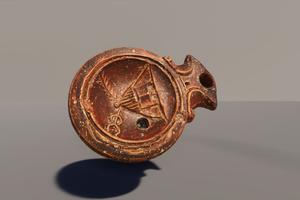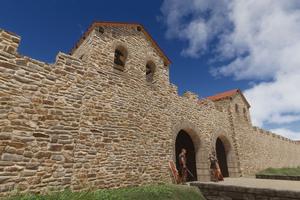Fragments of the ancient Roman military camp Gerulata, the only UNESCO World Heritage site in Bratislava, have survived to this day. Visitors may find it difficult to imagine how the camp and life in it used to be. The Bratislava City Museum (MMB) has created a virtual 3D model of the camp to help visitors visualise this. The museum will launch the model upon the opening of the summer season Saturday, April 1.
“The virtual 3D simulation of Ancient Gerulata will be presented on the exhibition premises as a supplement that may bring to life the usage of items that we see today as fragments,” said project manager Magdaléna Kuchtová from MMB as cited in the press release. “We will have a better idea of the possible topography of the camp in the current context of the village, too.”
The Roman military camp Gerulata was once part of the Danube section of the Limes Romanus – a protective line of the Roman Empire. The camp is one of the most important exhibitions of the Bratislava City Museum, part of the UNESCO World Heritage Site since 2021.
Virtual walk around the ancient camp
The virtual 3D model, taking visitors back to the 3rd-4th centuries, will be presented as a large-format projection measuring 4.5 metres. It will offer the possibility of a virtual walk around the camp, interesting information about the life of its population, and digitised archaeological finds.
“When creating the 3D reconstruction of what we now call Ancient Gerulata, we sought a balance between historical fidelity, audience appeal and technical possibilities,” said Matej Novotný, creator of the 3D model and interactive application. “However, after studying expert sources, there were still many ‘white spots’. Filling this unknown space authentically and attractively was the biggest challenge and responsibility.”
When designing the visualisation of the Roman military camp and the adjacent civilian settlement (vicus), the team applied the results of archaeological research. The archaeologist and curator of MMB Jaroslava Schmidtova had participated in this research for many years. The findings of other Roman camps in this area were also taken into consideration. The main project partner is the Fund for the Support of the Arts, contributing €20,000 to the project.
Very detail look on findings
The final interactive 3D model offers a walking mode. Visitors will be able to use the game pad to interactively explore the premises of Gerulata, walk around the camp and, in some places, obtain interesting information on the everyday life of the camp population.
The command buildings – principia and praetoria – the barracks, granary, warehouse and hospital, which ensured the smooth running of life in the camp, achieved digital form. In addition, the model offers the opportunity to view the most interesting archaeological finds from Gerulata, digitised for this purpose.
“I think that visualised historical items can arouse a deeper interest in history and stimulate us to further research,” said Kuchtová.


 Virtual reality visualises the Roman military camp Gerulata in Bratislava. (source: Courtesy of MMB)
Virtual reality visualises the Roman military camp Gerulata in Bratislava. (source: Courtesy of MMB)


